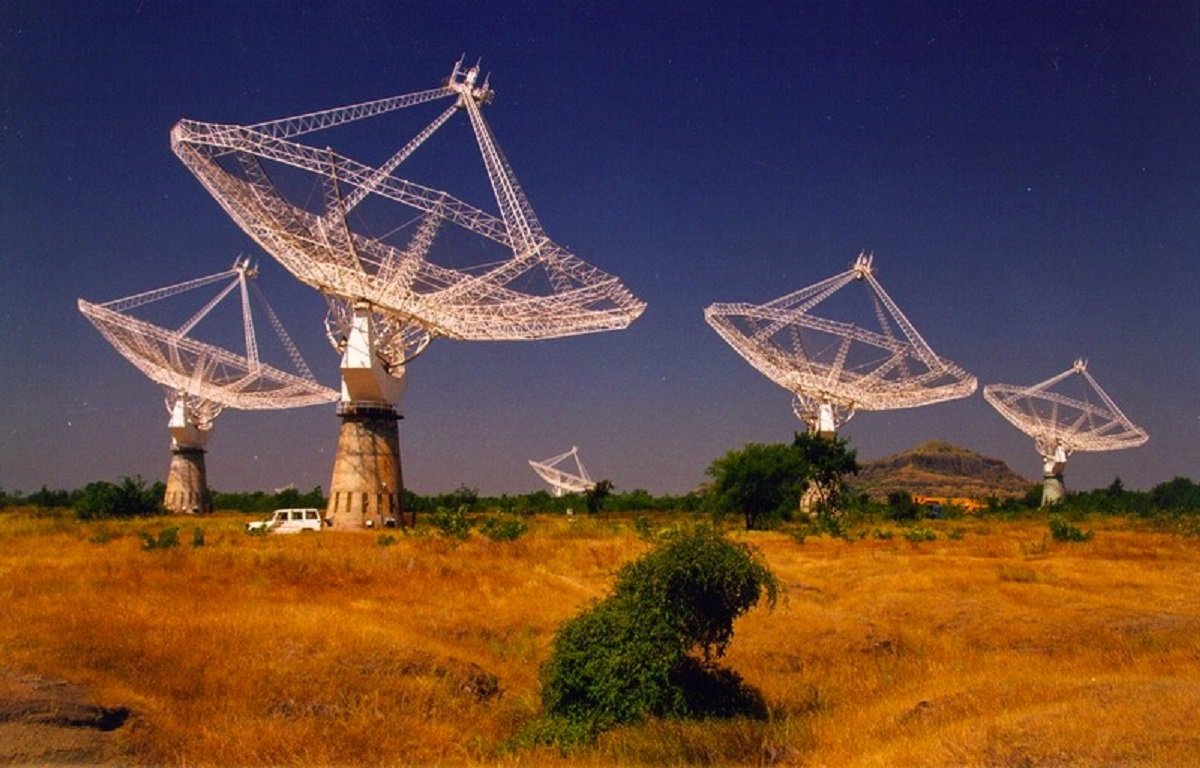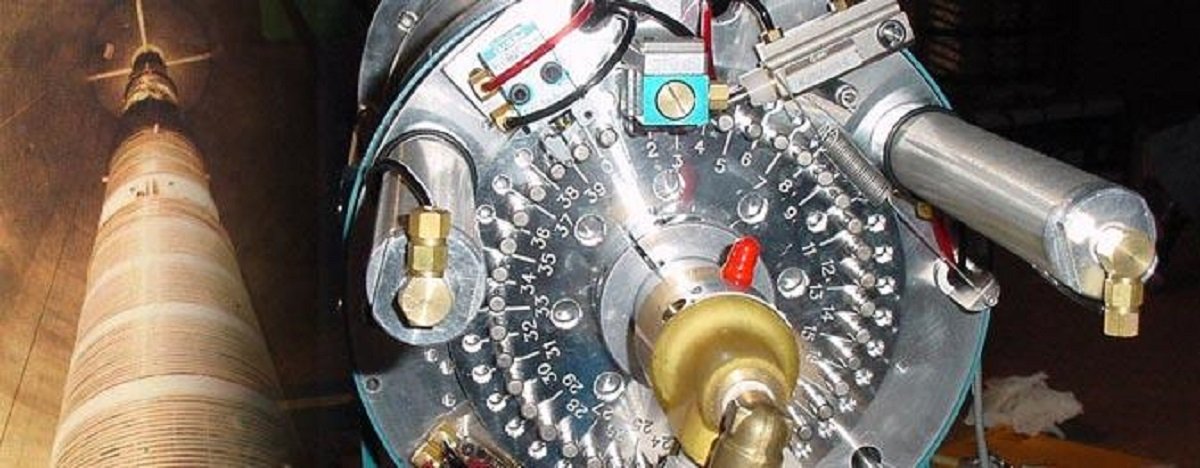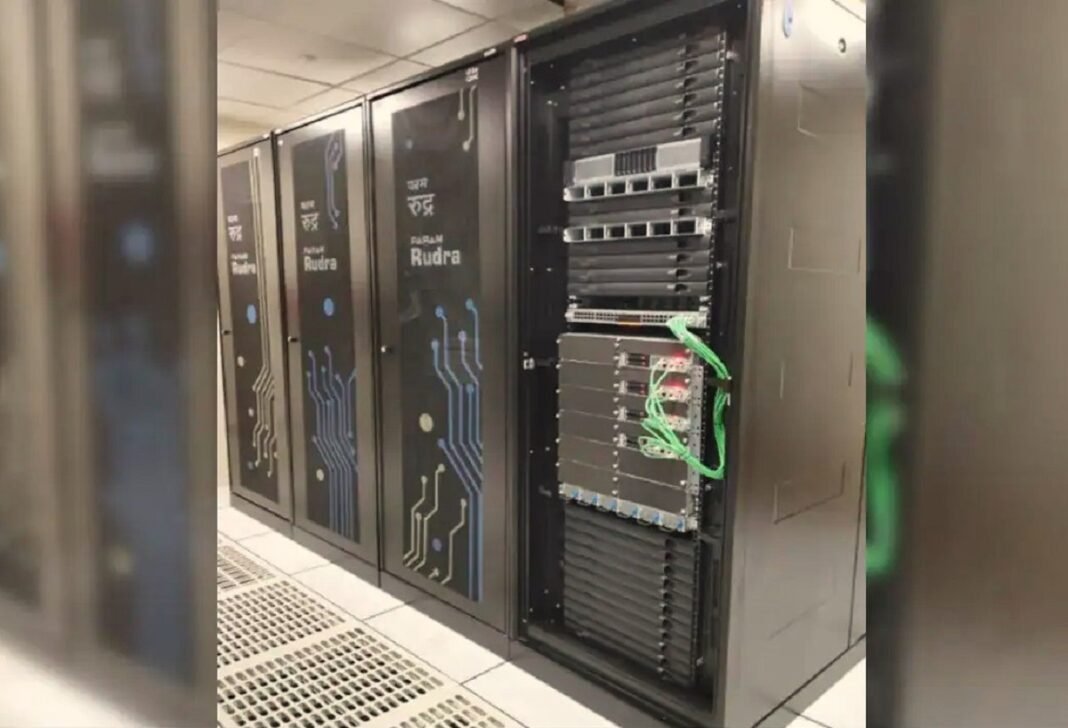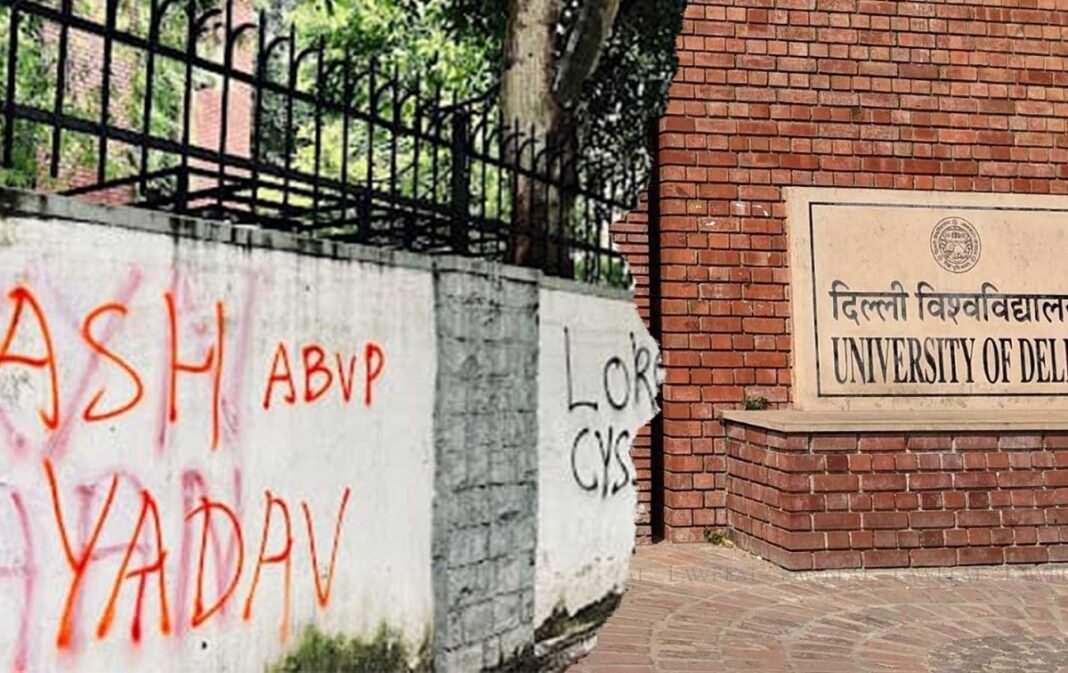Hold out promise for accelerated research in various advanced and futuristic technologies and enhance the country’s competitiveness on a global level
Two high-resolution High-Performance Computing (HPC) systems also launched to significantly enhance the accuracy and lead time of critical weather phenomena
In a significant development, which holds out promise for accelerated research in various advanced and futuristic technologies and enhance the country’s competitiveness on a global level, three indigenously developed ‘PARAM Rudra’ super computers were on Thursday dedicated to the nation by Prime Minister Narendra Modi via video conferencing.
Built at a cost of ₹130 crore as part of the National Supercomputing Mission (NSM), the supercomputers have been strategically deployed in Pune, Delhi and Kolkata to facilitate pioneering scientific research.
NSM was launched in 2015 to provide the country with supercomputing infrastructure to meet the increasing computational demands of academia, researchers, MSMEs, and startups. It is steered jointly by the Department of Science and Technology (DST) and Ministry of Electronics and IT (MeitY) and implemented by the Centre for Development of Advanced Computing (C-DAC), Pune and the Indian Institute of Science (IISc), Bengaluru.
The Prime Minister also inaugurated two high-resolution High-Performance Computing (HPC) systems which will significantly enhance the accuracy and lead time of predictions related to tropical cyclones, heavy precipitation, thunderstorms, hailstorms, heat waves, droughts, and other critical weather phenomena.
Involving at an investment of Rs. 850 crore and located at two key sites – the Indian Institute of Tropical Meteorology (IITM) in Pune and the National Center for Medium Range Weather Forecast (NCMRWF) in Noida – these HPC systems are named ‘Arka’ and ‘Arunika’.
Advertisement

As far as the PARAM Rudra supercomputers are concerned, one of these has been deployed with the The Giant Metre Radio Telescope (GMRT) in Pune, presently the world’s largest radio telescope operating at meter wavelength, which will use the new system to explore astronomical phenomena such as Fast Radio Bursts (FRBs).
Located at Khodad, 80 km north of Pune, the telescope is operated by the National Centre of Radio Astrophysics (NCRA), part of the Tata Institute of Fundamental Research (TIFR), Mumbai. It consists of 30 fully- steerable dish type antennas of 45-meter diameter each, spread over a 25-km region.
In Delhi, with the deployment of one of the other super computers, the Inter-University Accelerator Centre (IUAC) will enhance research in material science and atomic physics.
With the last of the super computers, the SN Bose National Centre for Basic Sciences in Kolkata will drive advanced research in areas such as physics, cosmology and earth sciences.
The prime minister was earlier scheduled to travel to Pune for these launches, but the trip is learnt to have been cancelled due to heavy rains in the city.






